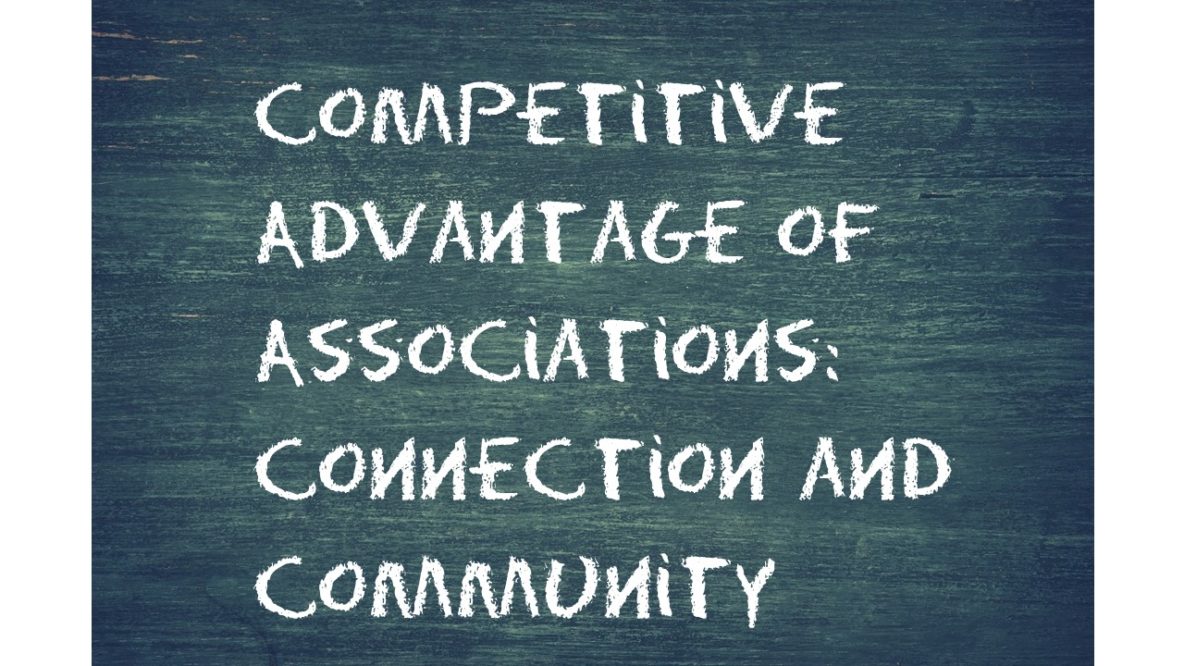We find that connection and community continue to be the distinguishing character and competitive advantage of associations over other sources of program, product and service. We also observe that is the member who chooses their level of engagement, regardless of the organization’s opinion about what it should be.
Several years ago ASAE reported a study of the psycho-demographics of association members. It identified four primary preference groups:
- Mail-boxers who just want access to information. Just staying generally informed about what’s going on is the benefit they seek.
- Shapers who want to influence the conditions of the field and the association. Participating in strategy and policy decisions that impact their relevant world are the benefits they seek.
- Intelligencia who want to be on the leading edge and contribute to it. Advanced learning, intellectual stimulation, and thoughtful leadership are the benefits they seek.
- Networkers who seek to spend time with others sharing their interests. Conversation, community, business deals and new friends are the benefits they seek.
The findings included the observation that, while most members are a bit of each preference, each member has a primary motivation. The insight provided is that the most successful associations:
- provide an opportunity for all the desired benefits to be accessed at any large community event; and
- provide specific opportunities and activities best served by targeting one or another of the preferences while not excluding any other; and
- understand their membership enough to emphasize the benefits most desired by the greatest number of members.
Our experience suggests that the character of an association’s mission, and the nature of the professional or industry environment of members it attracts, will influence the relative proportionality of psycho-demographic segments within the membership. It’s a reflection of how association culture is influenced by the common experience of members outside of the organization. For example: academic societies tend to attract more intelligencia, business groups tend to attract more networkers, cause-related organizations tend to attract more shapers, etc.
A number of our clients have used decision focused qualitative research to develop “personas” that group membership segments according to behaviors, motivations and values rather than just demographics. This has enabled them to achieve a balanced program portfolio and use data and analytics to customize offerings and communications based on what members really want from their connection.


